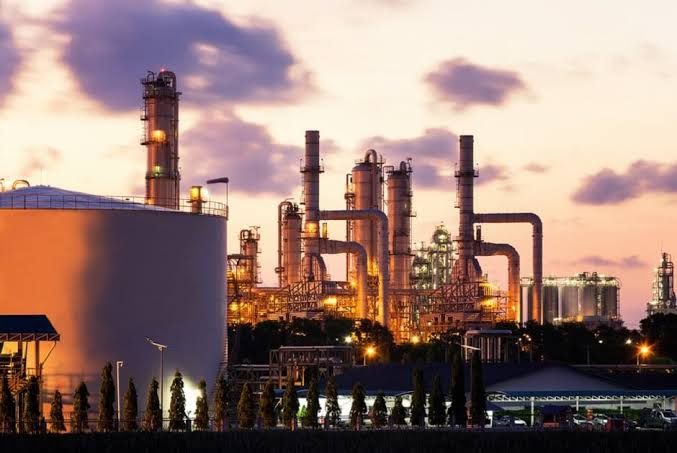While gasoline prices are at a record high in the U.S., U.S. refineries are failing to catch up with demand due to a lack of capacity after a series of closures in recent years, contributing to the fuel spike.
Since May 20, 2022, the refinery utilization rate in the United States has risen to 93.2%, the highest since December 2019, breaking with the tradition of a May usually dedicated to maintenance, with limited use of facilities. For all that, U.S. gasoline reserves fell again, to a level more than seen at this time of year for eight years, while this weekend, a holiday in the United States (Memorial Day), marks the beginning of the great season of road travel.
“We’re headed for bankruptcy” of the system, warns Robert Yawger, an analyst at Mizuho Securities. “The lack of capacity to process” oil into fuel, coupled with soaring crude prices, “has massively pushed up refining prices (…) in recent months and led to record prices for gasoline and diesel,” according to the Eurasia Group.
The price of gasoline is at an all-time high in the United States, up more than 70% over a year. Analysts at JPMorgan Chase see it rising by more than 30% over the summer, to more than USD 6 per gallon (3.78 liters). The number of refineries in operation has fallen by 13% in ten years and is now the lowest in the modern era.
In addition to the planned closures, there was the explosion at the PES refinery in Philadelphia, the largest facility in the Northeast United States, in June 2019, which was followed by the final condemnation of the site. “It’s a growing concern in the U.S. because we’ve lost more than a million barrels a day of capacity in a year,” according to Andy Lipow of Lipow Oil Associates.
By March 2020, at the start of the pandemic, some sites had been shut down to adjust to the slowdown in demand, but not all have been brought back online since, such as the Gallup, New Mexico, site owned by Marathon Petroleum. Most of the major refiners have initiated the conversion of some of their equipment to produce biofuel, resulting in the temporary suspension of their operations. And in the case of HollyFrontier, the transition to renewable fuel has, for example, reduced the capacity of its Cheyenne, Wyoming, facility from 52,000 to 6,000 barrels per day.



Comment here